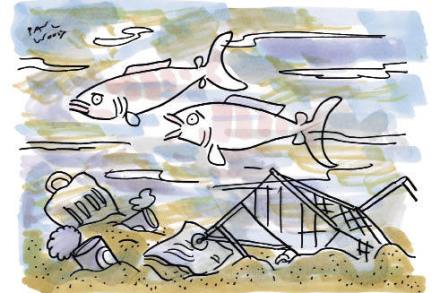Architect of cool
More than quarter of a century later, 1984 remains firmly fixed in the future, fiction having provided a more vivid view than our memories of the year which actually happened. Even so, a couple of things from the real, boring 1984 were memorable: Apple introduced the Macintosh personal computer (with a celebrated advertisement based on Nineteen Eighty-Four) and William Gibson published his first novel, Neuromancer, which popularised the idea of ‘cyberspace’, a term he had minted. Both seemed like science fiction then. Apple’s machine, with its 128 kilobytes, now seems antediluvian. Some of Neuromancer still seems futuristic, but much of it simply describes the world we live in (often brought



















